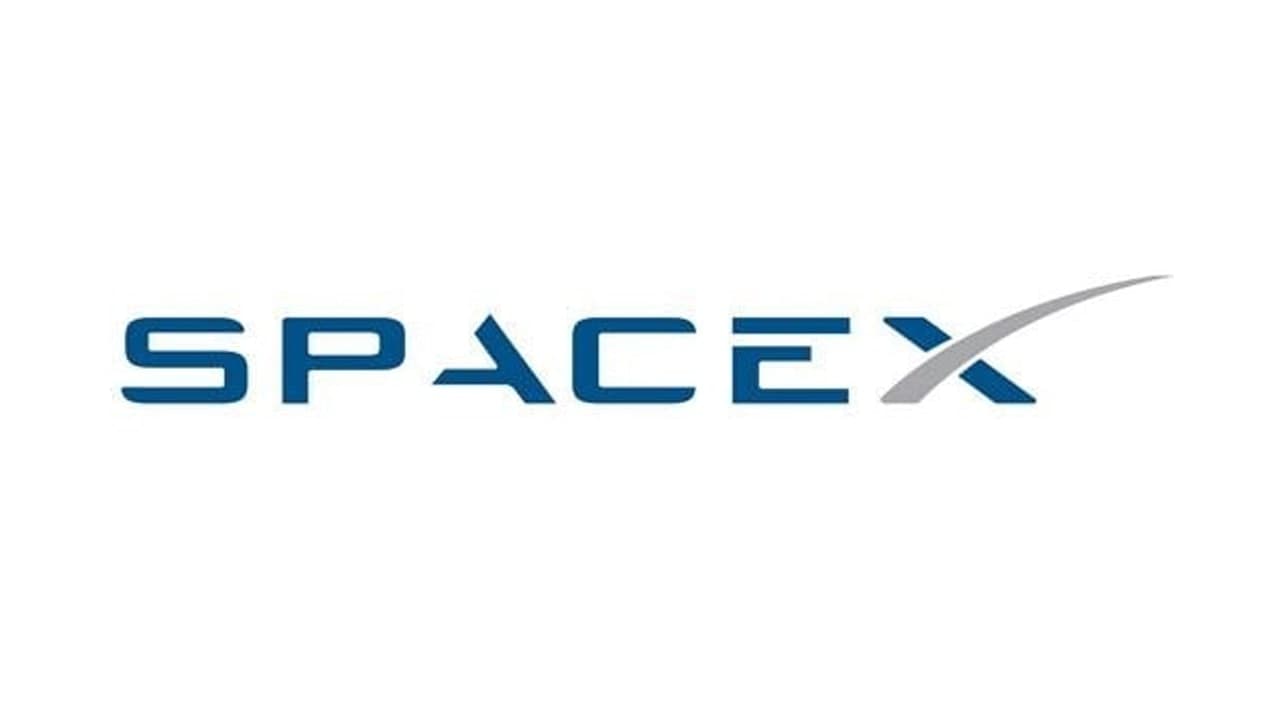The SN11 prototype of the interplanetary spacecraft owned by the US space exploration technology company SpaceX will be released as early as this Wednesday, at a maximum distance of about 6.2 miles from the ground. Flight tests were conducted at high altitudes.
This will be the fourth high-altitude flight test of SpaceX’s interplanetary spacecraft prototype. Prior to this, the company’s interplanetary spacecraft prototype has undergone three high-altitude flight tests.
In the first two high-altitude flight tests, the company’s interplanetary spacecraft prototypes SN8 and SN9 both exploded due to impact during landing.

In the third high-altitude flight test conducted earlier this month, SpaceX’s interplanetary spacecraft prototype SN10 did not repeat the mistakes of SN9 and SN8 and landed successfully for the first time. Unfortunately, a few minutes after landing, the prototype exploded on the landing pad.
At 9:56 a.m. Eastern Time on March 22, SpaceX’s interplanetary spacecraft prototype SN11 underwent a static ignition test at a facility in southern Texas. The static ignition test is a common pre-flight inspection method for SpaceX, which is to prepare for the test flight of its interplanetary spacecraft prototype.
SpaceX’s interstellar spacecraft is the largest manned spacecraft in human history that can carry a hundred people. It will be a key transportation tool for Musk to achieve the grand goal of human settlement on Mars. Like the ‘Falcon 9‘ rocket, the interstellar spacecraft will be able to re-use multiple flights in the future.
Musk promised that the interstellar spacecraft can not only make point-to-point travel around the world but also travel to the moon, Mars, and other deep-space destinations.
(Source)